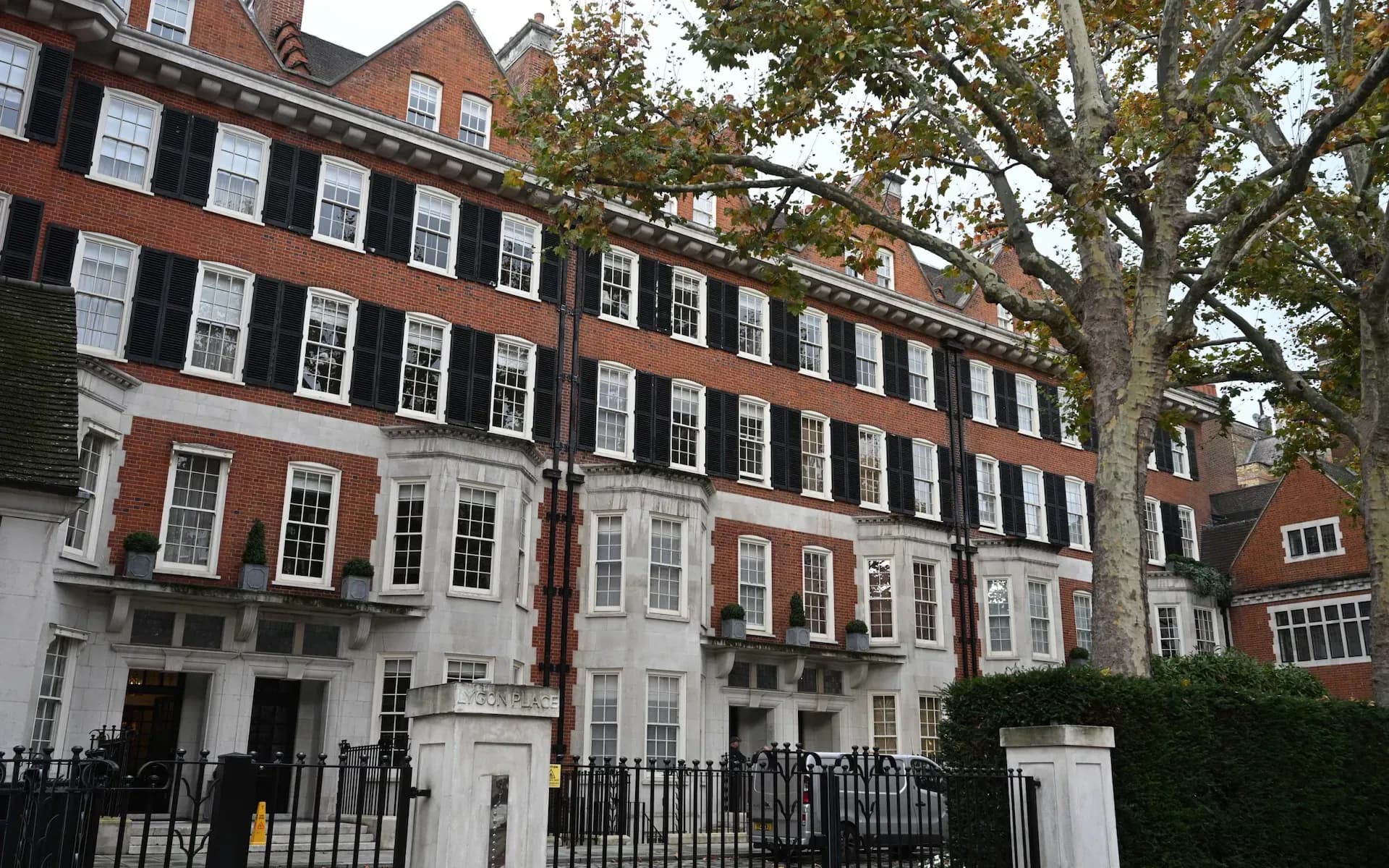Eight Premier League clubs are spearheading a stadium investment wave totaling nearly $7.4 billion (approximately £6 billion), aimed at building new venues or significantly redeveloping existing ones. This marks one of the most ambitious infrastructure initiatives in English football history, reflecting strong confidence in the sport’s future and fan engagement.
Manchester United: A $2.5 Billion Super Stadium Vision
Leading the charge is Manchester United, unveiling plans for a new stadium costing around $2.5 billion (£2 billion), often referred to as the "Wembley of the North." The proposed stadium will seat 100,000 spectators, making it the largest club stadium in Europe and a premier venue for major football and entertainment events.
The project envisions replacing or extensively redeveloping Old Trafford with state-of-the-art fan experiences, premium hospitality, and sustainable design. Though approvals are still pending, the plan has received backing from private investors and city authorities.
Manchester City: Expanding the Etihad Ecosystem
Manchester City is investing approximately $875 million (£700 million) to add 7,000 seats, increasing Etihad Stadium’s capacity to over 60,000. The redevelopment also includes a new hotel, enhanced hospitality areas, and fan engagement zones, transforming the stadium into a year-round entertainment hub.
This expansion aligns with City Football Group’s vision of integrated sports and lifestyle venues that attract visitors and partners beyond matchdays.






